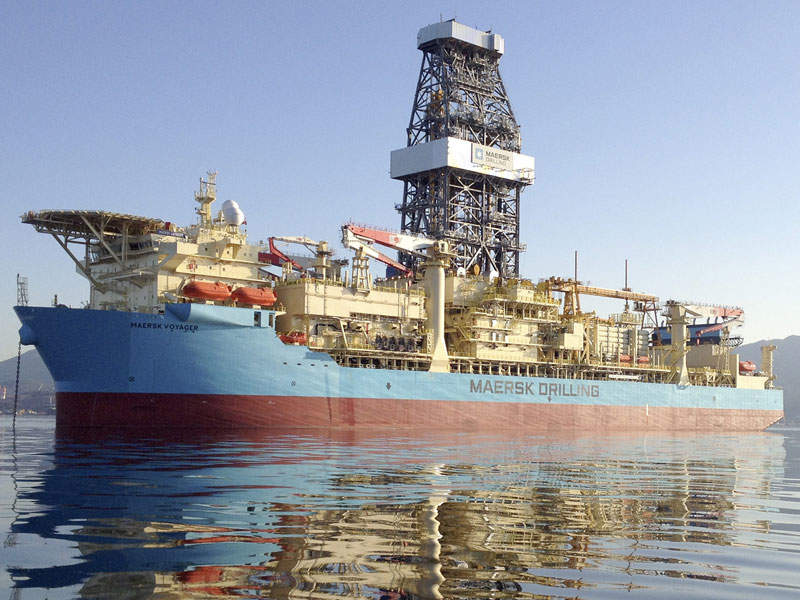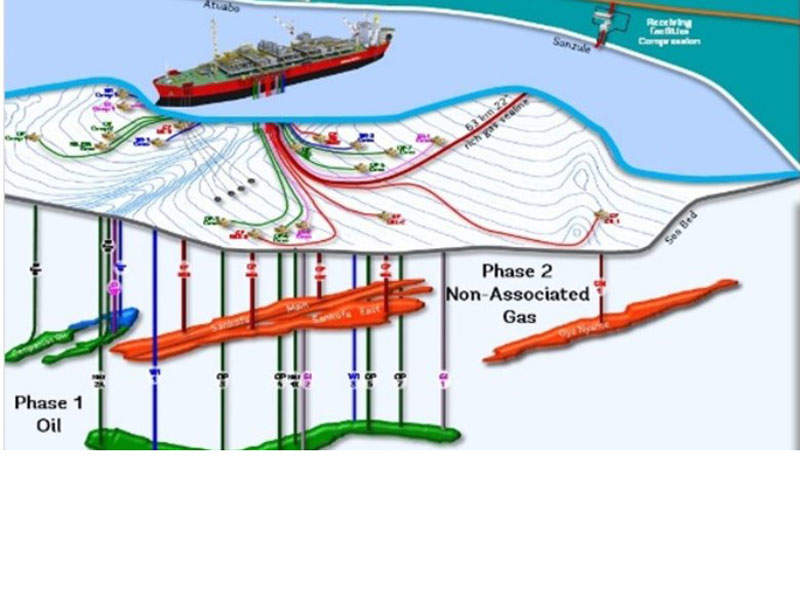
The Sankofa Gas Project encompasses the development of the Sankofa and Gye Nyame gas fields located 60km offshore of Western Ghana in water depths ranging from 520m to 1,014m in the Tano Basin. The fields are estimated to hold 1.45 trillion cubic feet (Tcf) of non-associated gas.
A part of the Offshore Cape Three Points (OCTP) project, the development of the natural gas fields comprises phase two of the wider project. Phase one encompasses the development of Sankofa East oil field, while the second phase aims at developing non-associated gas in the two fields.
The project is being developed by a joint venture of Eni Ghana (44.44%), which is also the operator Vitol Ghana (35.56%) and Ghana National Petroleum Corporation (20%). Production from the project is planned to commence in 2018.
Gas obtained from the project will enable 1,000MW of domestic power generation, which is equivalent to approximately 40% of the country’s total installed generation capacity. The project is planned to help reduce Ghana’s oil imports by 12 million barrels a year, as well as add $2.3bn in revenues.
Sankofa gas project development details
The development plan for the gas fields includes drilling of five subsea non-associated gas wells, subsea umbilicals, risers and flowlines connecting the fields to an FPSO, and a 63km-long gas pipeline from the FPSO to the shore.
An onshore pipeline will link the fields to an onshore receiving facility, which will be equipped with a compression station and other related infrastructure. A direct pipeline will transport the gas from the receiving facility to an existing gas pipeline.
The Sankofa reservoirs will have four wells drilled, while one well will be drilled in Gye Nyame reservoir. Three new wells will be drilled, while two wells from the exploration phase will be re-entered.
An FPSO unit will be installed as part of phase one of the project and gas and water injection wells from the Sankofa gas project will also be connected to it by means of flexible risers and flowlines. Gas obtained from the oil separation train will be compressed, dehydrated and sent to the onshore receiving facility, as well as be re-injected into the reservoir.
An existing very large crude carrier will be transformed to construct the FPSO, which will have a double hull and a capacity of 210mmscfd.
Onshore facilities
The project’s onshore facilities will include a receiving facility constructed over a 90,000m² area with 27,000m² dedicated for accommodation. It will include a helipad, roads and pipelines, as well as temporary construction facilities.
Onshore activities will include construction of an underground gas export pipeline, setting up of the onshore receiving facility, camps, and helipad construction. A pipeline will also be installed to connect the receiving facility with the Ghana National Petroleum Corporation underground pipeline. Onshore work will also include pre-commissioning and commissioning of the facility, pipeline, and hydro testing.
Investment details of the Sankofa gas project
The Sankofa gas project is estimated to cost $2.7bn in development costs and an additional $300m in operating expenditures for the onshore receiving facility.
A $700m loan has been provided by the World Bank for the project through a combination of International Bank for Reconstruction and Development (IBRD) and International Development Association (IDA) guarantees.
The IDA guarantees $500m that will enable payments for gas purchases made by Ghana National Petroleum Corporation, while the IBRD will provide a $200m enclave loan guarantee to mobilise the private sector.
Construction on the project is estimated to begin at the end of 2016 and continue up to 2019. Production from the project will commence in phases with two wells scheduled to start producing gas in February 2018 at the rate of 190mmscfd.
Another two wells will start production in the last quarter of 2019 and will help in maintaining peak production, while the remaining well will come on stream in 2028.
Contractors involved
Maesrk Voyager has been contracted by Eni Ghana to provide drilling and completion services for both the oil and gas fields located in the OCTP block.










